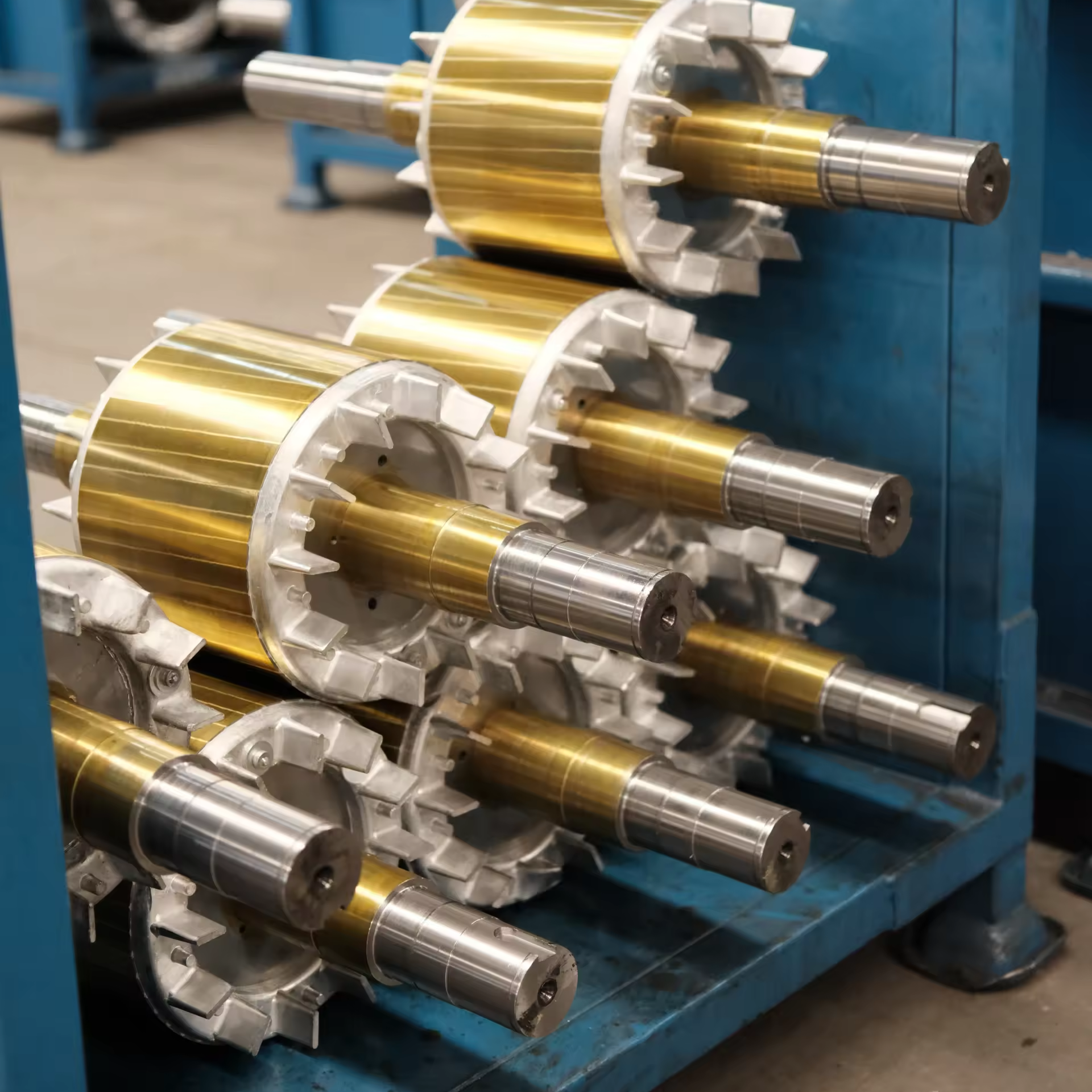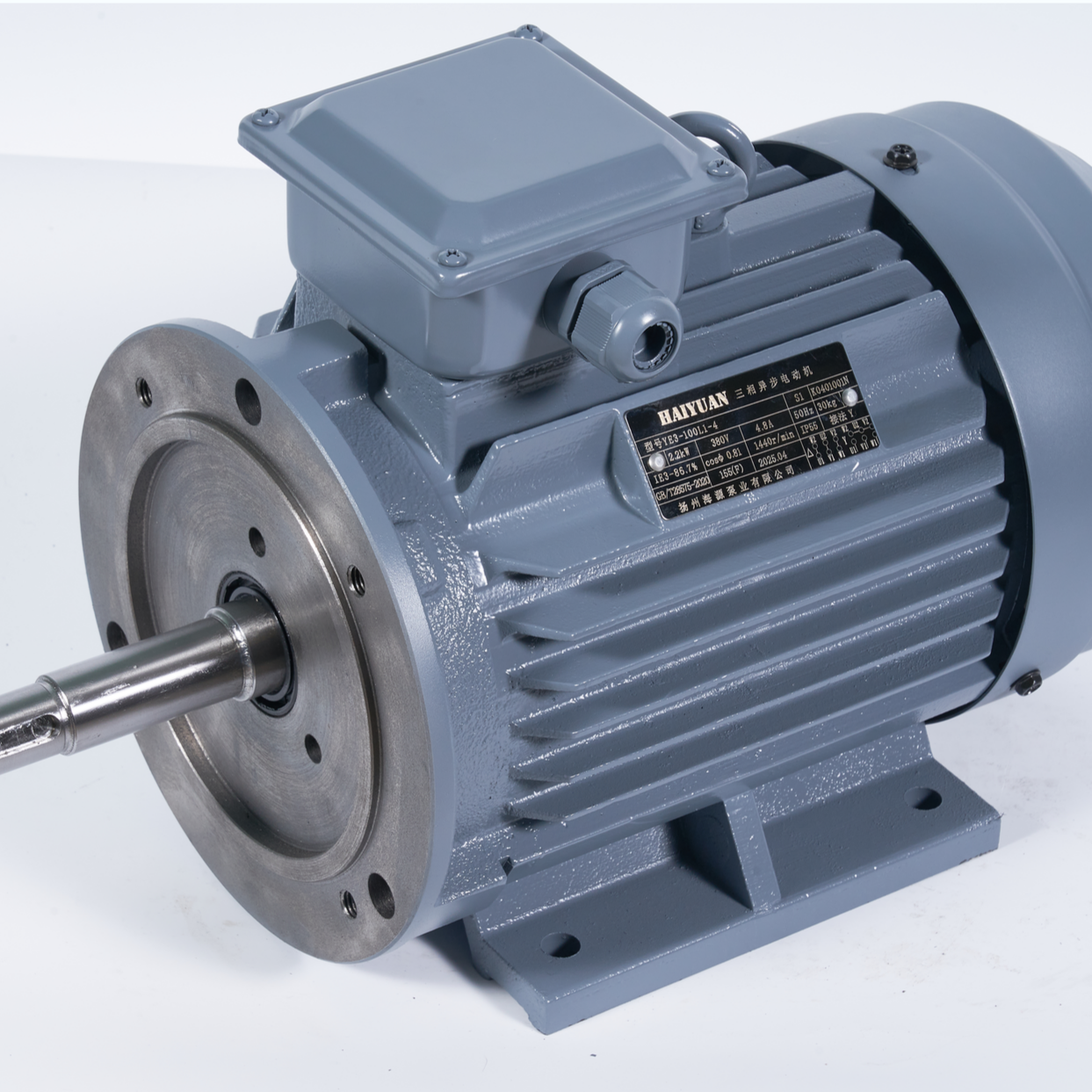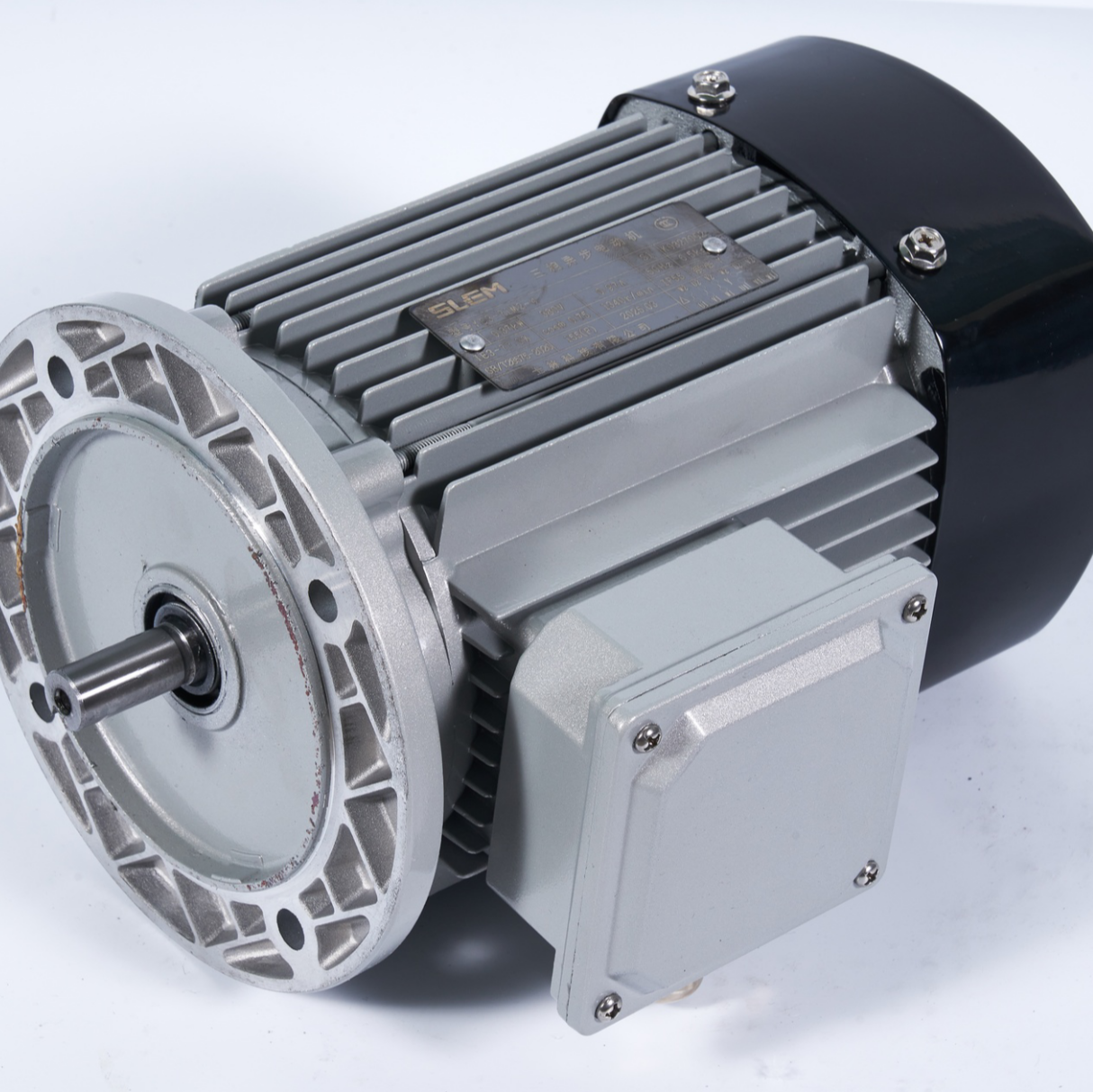servo and arduino
The servo and Arduino combination represents a powerful alliance in the world of robotics and automation. A servo motor is a precise rotary or linear actuator that enables accurate control of angular or linear position, velocity, and acceleration, while Arduino is an open-source electronics platform featuring easy-to-use hardware and software. When combined, these technologies create a versatile system capable of precise motion control. The Arduino board acts as the brain, sending precisely timed electrical signals to the servo motor, which responds by moving to exact positions. This setup supports movements ranging from 0 to 180 degrees with remarkable accuracy. The system operates through pulse-width modulation (PWM) signals, where the duration of the pulse determines the angle of rotation. This integration is particularly valuable in projects requiring precise movements, such as robotic arms, camera gimbals, and automated systems. The Arduino's user-friendly programming environment allows even beginners to create sophisticated control systems, while its extensive library support includes dedicated servo functions that simplify the implementation process. The system's reliability and accuracy make it ideal for both hobbyist projects and professional applications, offering consistent performance and repeatable results.



